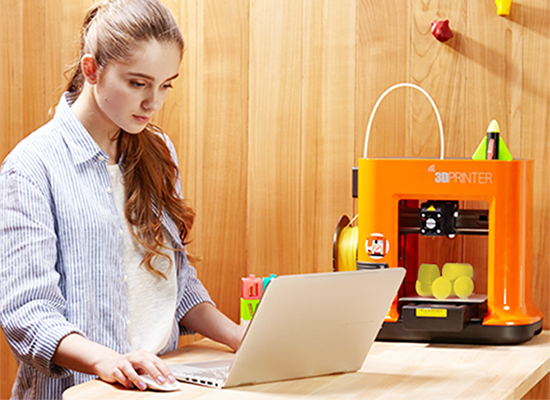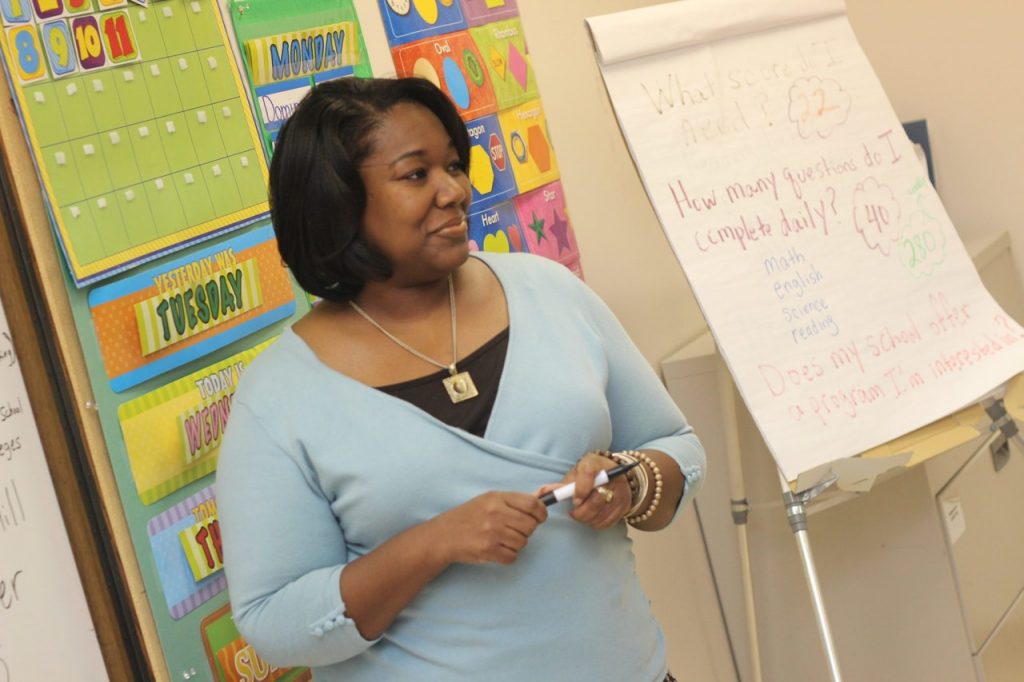Are you looking for strategies to help students who are at risk for suicide? If so, keep reading. 1. Take the student away from the learning experience until they can demonstrate appropriate behavior and self-control.
2. Connect with parents (e.g., notes home, phone calls, etc.) to disseminate information about the student’s progress. The parents may reinforce the student at home for appropriate behavior at school.
3. Assess the appropriateness of the task to ascertain (a) if the task is too easy, (b) if the task is too complicated, and (c) if the duration of time scheduled to finish the task is sufficient.
4. Stop annoying or anxiety-producing situations from happening (e.g., give the student tasks on their capacity and ability level, give the student only the number of tasks that can be tolerated in one sitting, stop social interactions that encourage the student to threaten self-harm, etc.).
5. Talk regularly with the student to prevent self-abusive behavior by meeting the student’s needs as they happen.
6. Provide visibility to and from the student. The teacher and the student should be able to see each other at all times. Make eye contact possible at all times.
7. Solidify on-task behavior by providing a full schedule of daily activities. Stop lag time from happening when the student will be free to take part in self-abusive behavior.
8. Move any object that the student may use to hurt themselves out of their surroundings.
9. Give the student positive feedback that indicates they are successful, essential, respected, etc.
10. Provide a positive/calm environment (e.g., positive remarks, acknowledgment of successes, quiet communications, etc.).
11. Give the student a quiet space to work (e.g., table, study area).
12. Minimize the emphasis on competition. Repeated failure may result in anger and frustration that may cause the student to try to hurt himself/herself.
13. Provide consistent expectations.
14. Let the student have input relative to making decisions (e.g., changing learning activities, choosing learning activities, deciding length of learning activities, etc.).
15. Give the student a selection of optional learning activities to be performed (e.g., if a learning experience results in harmful behaviors, an optional learning experience can be substituted).
16. Teach the student appropriate ways to deal with anxiety, frustration, and anger (e.g., move away from the stimulus, verbalize unhappiness, select another learning experience, etc.).
17. Teach the student problem-solving skills: (a) find the problem, (b) find goals and objectives, (c) create strategies, (d) create a plan of action, and (e) carry out the plan.
18. Consider using an adaptive behavior management app. Click here to view a list of apps that we recommend.
19. Click here to learn about six bonus strategies for challenging problem behaviors and mastering classroom management.
20. Consider using a socio-emotional learning app. Click here to view a list of apps that we recommend.
21. Consider using an emotional intelligence app. Click here to view a list of apps that we recommend.
22. Consider using a school counseling app. Click here to view a list of apps that we recommend.











